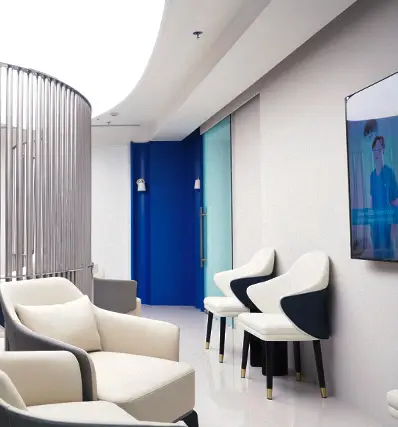Ptosis Repair Surgery by Ophthalmologists
Ptosis correction performed at Bangkok Eye Aesthetics (BEA Clinic)
Ptosis Repair Surgery at Bangkok Eye Aesthetics (BEA Clinic)
At Bangkok Eye Aesthetics (BEA Clinic), we offer ptosis repair surgery performed by skilled ophthalmologists, utilizing a technique designed for precise and effective results.
This surgery addresses issues such as drooping eyelids, tired eyes, and narrowed vision caused by weak eyelid muscles. Additionally, it corrects sagging eyelids and creates a new eyelid fold for individuals with monolids or uneven eyelid folds, resulting in a more youthful and refreshed appearance, while also improving vision. This procedure boosts confidence and helps you feel rejuvenated.
Our ophthalmologists will evaluate each patient's condition to ensure the most suitable treatment is chosen for optimal results.
Understanding Ptosis (Drooping Eyelid)
Ptosis, also known as "drooping eyelid," occurs when the upper eyelid droops down, partially covering the eye. This condition is typically caused by a weakness in the levator muscle, which is responsible for lifting the eyelid.
Common signs of ptosis include:
- The upper eyelid or eyelid edge drops, covering more of the eye than normal.
- Eyes looking sleepy or tired, often appearing as if they cannot fully open.
- Frequently tilting the head or raising the eyebrows to see more clearly.
- Narrowed vision, especially when tired.
At BEA Clinic, we offer ptosis repair surgery that lifts and tightens the levator muscle of the eyelids, providing safe and natural-looking results.
Why Choose Ptosis Repair Surgery at Bangkok Eye Aesthetics (BEA Clinic)?
At BEA Clinic, we specialize in ptosis repair surgery with distinctive features that set us apart:
- Ophthalmologist Expertise: Every surgery is performed by an ophthalmologist with in-depth knowledge of eye anatomy and functionality.
- Customized Assessment and Design: We don’t use a one-size-fits-all approach; instead, we assess and tailor each patient's surgery to meet their unique needs.
- Modern Surgical Techniques: We combine medical and aesthetic principles to achieve both functional and aesthetic improvements.
- Comprehensive Aftercare: We provide follow-up care for up to one year to ensure optimal recovery and results.
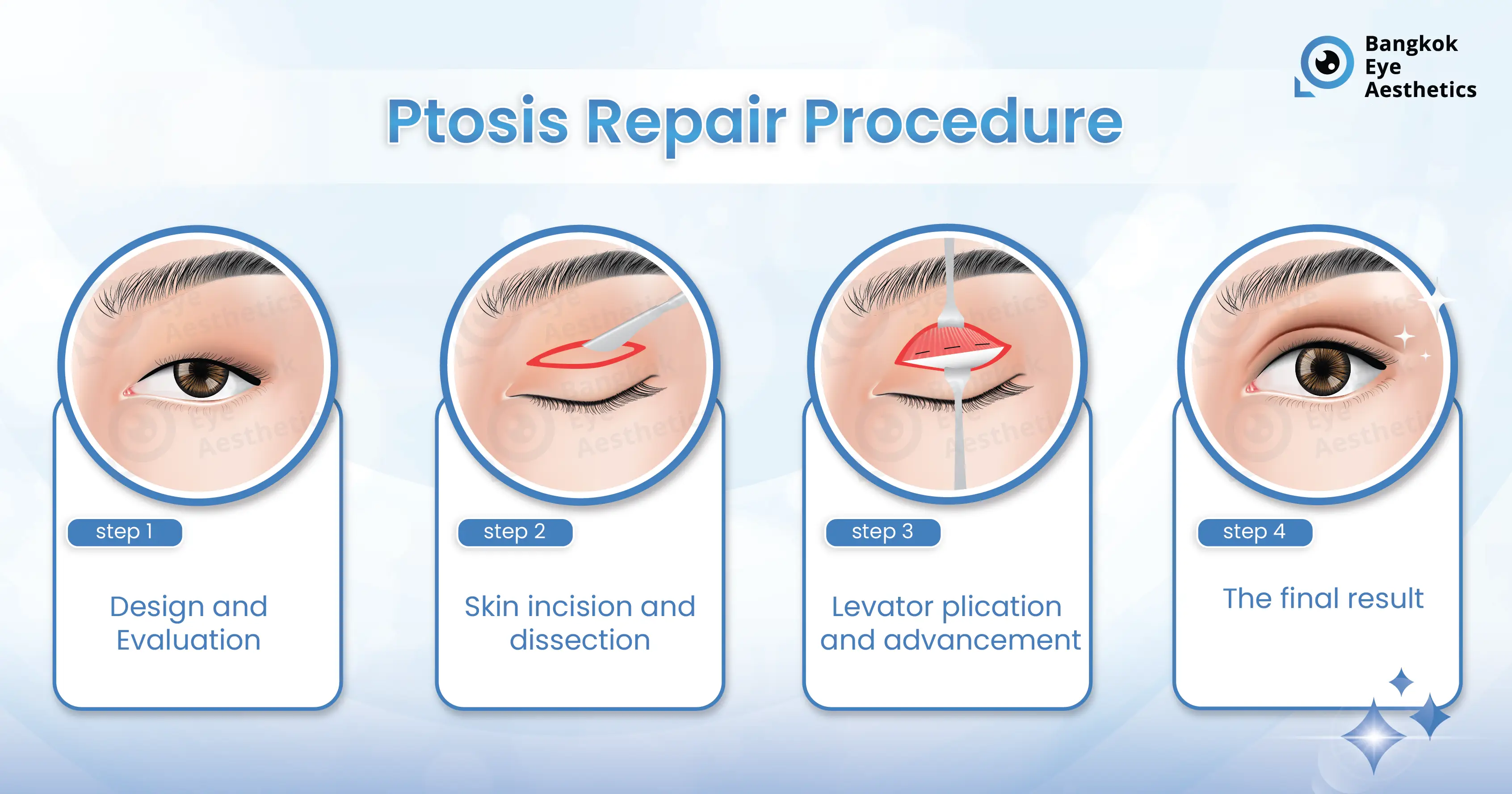
Who is Suitable for Ptosis Repair Surgery?
In general, ptosis repair surgery is suitable for individuals who have:
- Drooping eyelids that obstruct vision, making the eyes appear smaller or tired.
- Eyes that look perpetually sleepy, with difficulty keeping the eyelids fully open.
- Uneven eyelid folds or monolids.
- Small eyes or a single eyelid.
Steps for Ptosis Repair Surgery
The ptosis repair surgery at BEA Clinic consists of 4 main steps:
Step 1: Design and Evaluation
The ophthalmologist evaluates the eyelid muscles and designs a personalized eyelid fold that suits the individual.
Step 2: Skin Incision and Dissection
The surgeon makes an incision along the upper eyelid, following the pre-determined design. The tissue beneath the skin is carefully dissected to reach the levator muscle.
Step 3: Levator Muscle Tightening and Advancement
The surgeon tightens and repositions the levator muscle, which is responsible for lifting the eyelid.
Step 4: Final Result
The result is a lifted eyelid, brighter eyes, and a natural-looking eyelid fold.
What to Know About Ptosis Repair Surgery
- Ptosis repair surgery is similar to double eyelid surgery with a long incision. The incision will be hidden under the new eyelid fold. Post-surgery, you may experience discomfort, swelling, and bruising around the eyes, particularly in the first 1-3 days. However, following the prescribed medication and aftercare instructions will help these symptoms subside, and scars will fade over time.
- The final results will be clear within 6-12 months, depending on individual healing. While the body continues to change with age, the results of ptosis repair surgery are long-lasting and natural-looking.
- Complications from the surgery are rare, but potential risks include:
- Excessive tearing
- Numbness around the incision area
- Bleeding at the incision site
- Infection at the surgical site
Preparing for Ptosis Repair Surgery
To ensure a smooth and safe surgery, patients should follow these guidelines:
- Discontinue medications that affect blood clotting (such as aspirin, anti-inflammatory drugs) at least 1 week before surgery.
- Refrain from smoking and drinking alcohol at least 1 week before surgery. - Avoid wearing contact lenses on the day of surgery.
- Avoid caffeine on the day of surgery.
- Wear a button-down shirt to the surgery.
- Rest well and stay hydrated.
- Bring someone along to accompany you after surgery, as you should not drive yourself home.
Post-Surgery Care for Ptosis Repair Surgery
To ensure the best possible results and minimize complications, follow these aftercare instructions:
- Avoid rubbing, scratching, or picking at the surgical site.
- Apply cold compresses to reduce swelling as recommended by the doctor.
- Avoid makeup and contact lenses for at least 1 week.
- Refrain from strenuous exercise, water sports, and saunas for at least 1 month.
- Do not smoke or drink alcohol for at least 1 month. - Avoid fermented foods and seafood for the first month.
- Sleep on your back with your head elevated during the first 3 days.
- Wear sunglasses when going outside.
- Follow the prescribed medications strictly.
Contact your doctor immediately if you experience severe pain, abnormal bleeding, excessive swelling, redness, pus, or a high fever.
Meet Our Ophthalmologist
Dr. Jirach Jatechayanon
Dr. Jirach Jatechayarnon is a skilled ophthalmologist specializing in eyelid surgery and reconstructive eye procedures. He has extensive experience in ptosis repair, double eyelid surgery, and eyelid skin treatments.
- Bachelor of Medicine, Rangsit University
- Board Certification in Ophthalmology, Khon Kaen University
- Certificate of Advanced Training in Double Eyelid Surgery under the guidance of Dr. Cheangariyavong, Facial Plastic and Reconstructive Surgeon
- Certificate of Advanced Training in Double Eyelid Surgery through the International Fellowship in Advanced Aesthetic Science program (IFAAS), South Korea
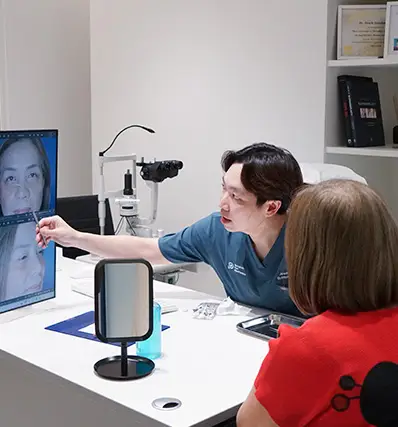
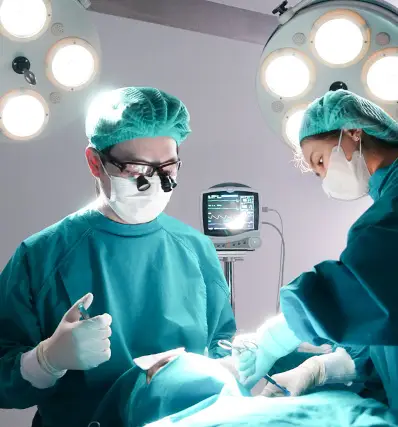
Before & After
Results may vary for each individual.
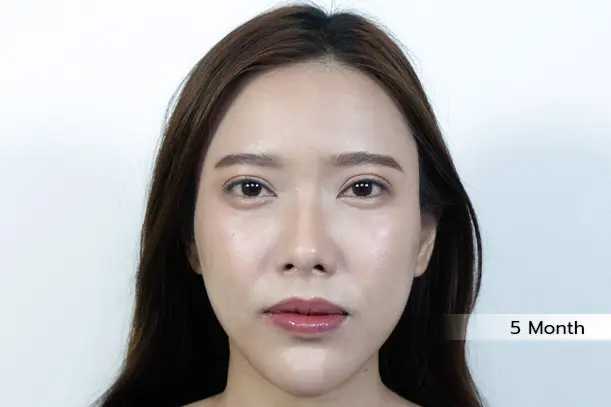

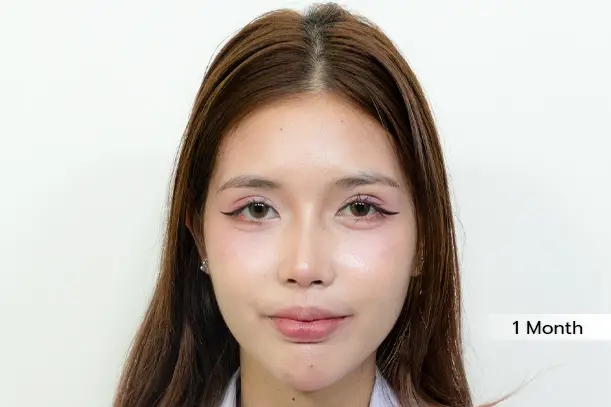

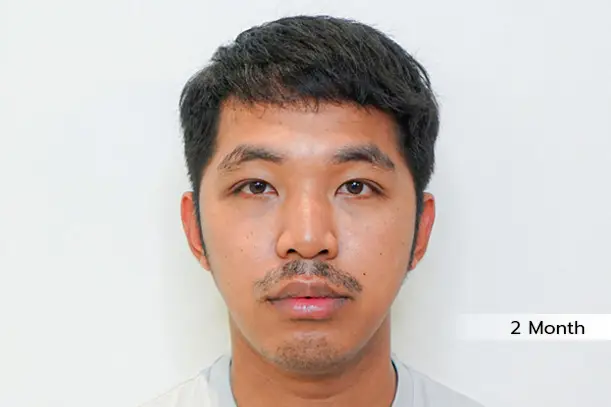

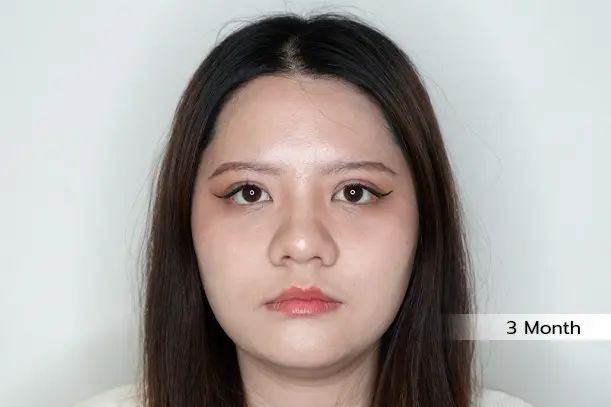

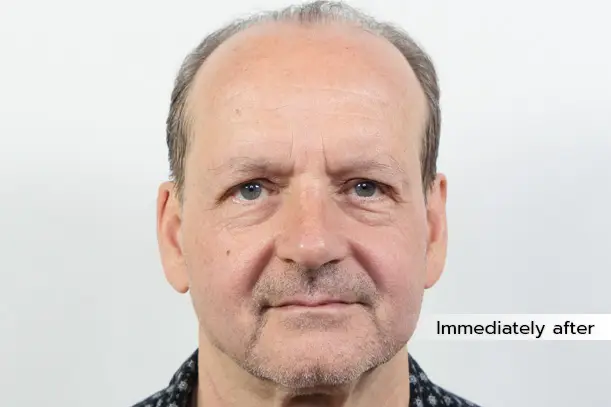

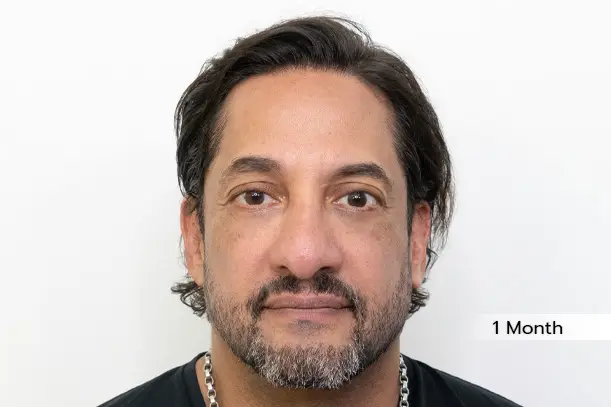
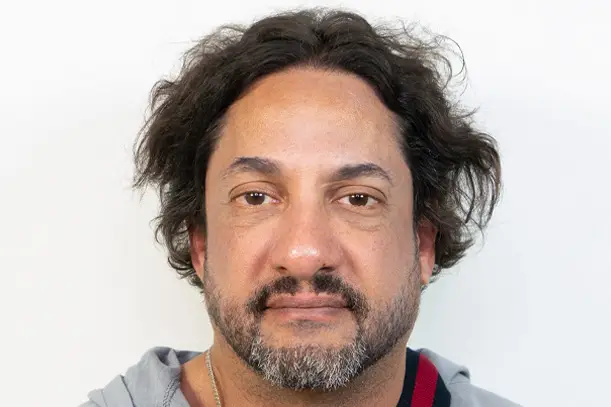
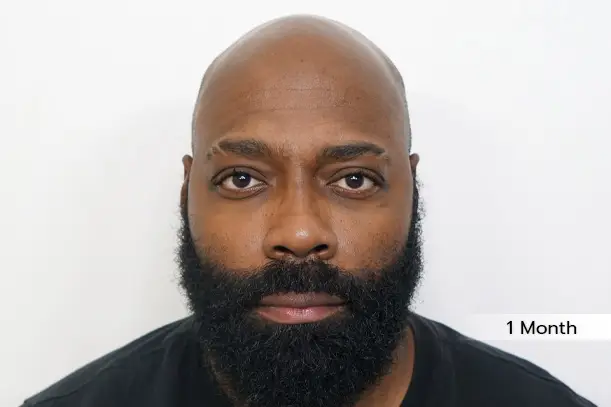

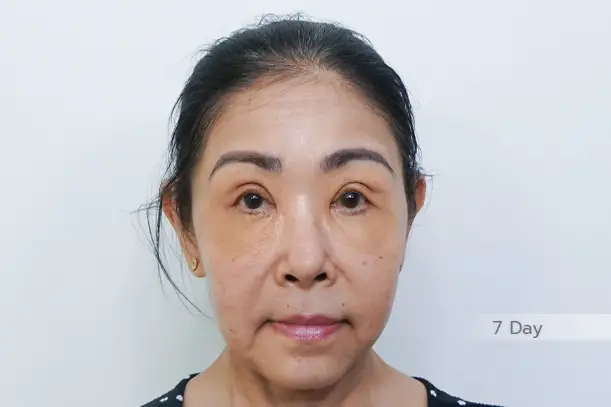
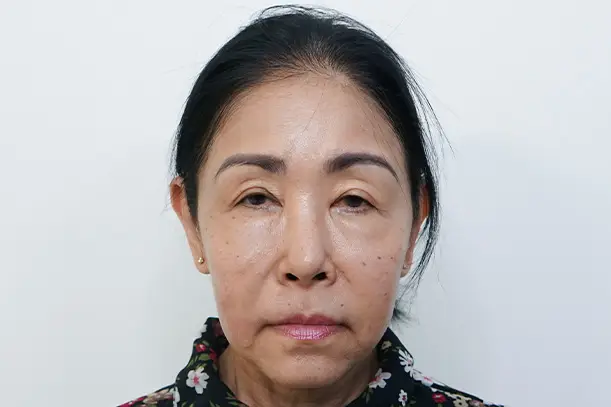
Procedures that goes well with this service
Request for Surgical Recommendation
Bangkok Eye Aesthetics : Your destination for eyelid surgery by a highly-skilled board-certified eye surgeon
Request Free Consultation

